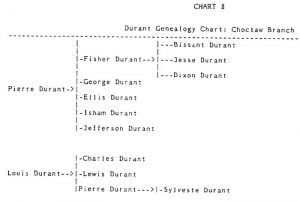Data Relative to the Rolls of the Choctaw and Chickasaw Nations
The 1896 Choctaw Census Roll, in possession of the Commissioner to the Five Civilized Tribes, provides detailed demographic data of Choctaw families, listing heads of families, children, and other household members with their ages and relationships. Notably, the roll, prepared uniformly by a single hand, includes remarks and notations, some incomplete or unclear, often added by the Dawes Commission. This census roll, derived from county enumerators’ lists, was authorized by Congress and used in fieldwork starting in 1897. Despite its generally high quality, the roll contains inconsistencies and missing data, reflecting the challenges of accurately documenting the population at the time.

